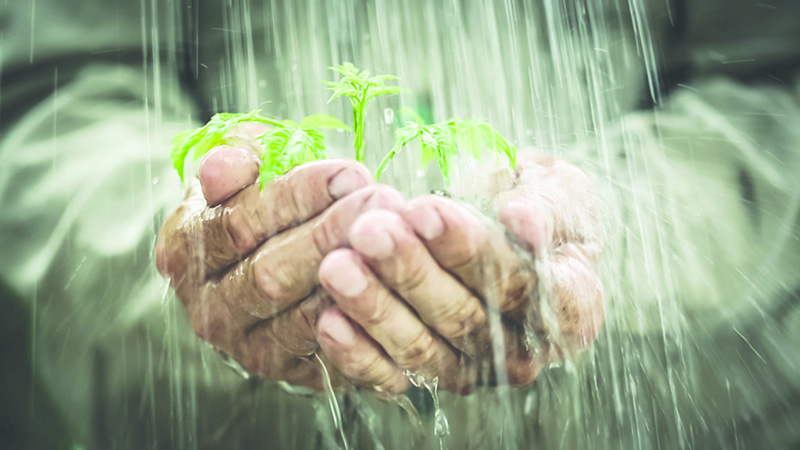 With more than half of publicly supplied water in the U.S. used by homes, an important focus of water conservation is on residences. Water conservation measures at the local level have tackled reducing existing customers’ water use by raising rates, restricting use, and educating consumers about conservation. A recent study offers a new conservation solution that focuses on new customers.
With more than half of publicly supplied water in the U.S. used by homes, an important focus of water conservation is on residences. Water conservation measures at the local level have tackled reducing existing customers’ water use by raising rates, restricting use, and educating consumers about conservation. A recent study offers a new conservation solution that focuses on new customers.
Water connection charges can be used to encourage water-saving designs in new construction and landscaping.
These charges are one-time assessments to new development to help pay for the direct costs of connecting to a utility’s water system and for the infrastructure and water resources capacity needed to support these new developments. They are also known as tap fees, impact fees, system development charges and plant investment fees.
Traditionally, these fees have been set at a uniform rate regardless of the size and location of a home or the type of outdoor landscaping. The size of the pipe connecting the customer’s plumbing to the main water system is the basis for the charge. All customers using a specific meter size pay the same charge. There is no relationship between the amount paid and the future water demand of the residence. The new approach relies on multi-factor connection charges. Factors used to determine water connection charges for single-family residential homes are:
- Size of lots/irrigated areas. Large lots pay higher charges thereby encouraging smaller lots and less water use.
- Water demands of different types of landscape. If the landscape has low-watering plants or
no-watering plants the fee is lower than for turf grass lawns. - Efficiency of water fixtures. Installation of indoor water-efficient appliances lowers the
charges. - Home size. Larger houses, measured by square footage, number of bedrooms or number
of bathrooms, pay higher charges. The report, Water Connection Charges: A Tool for Encouraging Water-Efficient Growth is an excellent resource to learn about the principles of connection charges and how individual communities are remaking their practices in this area.
